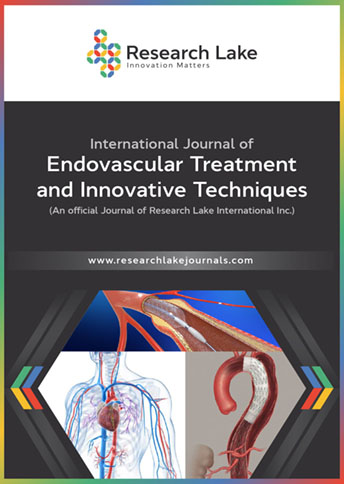Case Reports: Endovascular Treatment of Cerebral Venous Sinus Thrombosis
Abstract
Background:
The causes of cerebral venous sinus thrombosis (CVST) are diverse, and headache is the only symptom in mild cases. However, in severe cases, perfusion disorders may concomitantly cause intracerebral hemorrhage, resulting in serious complications. Herein, we report two severe CVST cases in which good outcomes were obtained following endovascular treatment.
Patients and Methods:
Case 1. A 42-year-old man consulted an ophthalmologist with a chief complaint of decreased vision. The patient had a considerably high intraocular pressure and papilledema. However, due to unknown etiology, he was only prescribed eye drops. He subsequently developed headaches and experienced an alteration in his. An urgent surgery was performed with using the pull-back technique using a suction catheter, following which, the patient’s neurological symptoms improved.
Case 2. A 50-year-old man was transferred to our hospital with a chief complaint of generalized clonic convulsions. The patient was diagnosed with venous sinus thrombosis. Attempts were made to crush the thrombus with a percutaneous transluminal angioplasty balloon and aspirate the thrombus with an aspiration catheter. However, thrombus removal and recanalization could not be achieved. Subsequently, a thrombectomy was performed using the FilterWire technique with a distal embolic protection device. Anterograde blood flow was restored, and the convulsive seizures disappeared.
Conclusion:
Venous perfusion injury should be avoided in severe cases of CVST, and endovascular treatment using various devices is a therapeutic option in such cases.
Copyright (c) 2021 Masataka Takeuchi, Atsushi Uyama, Takashi Matsumoto, Kazuma Tsuto, Tadateru Goto, Yoshifumi Konishi

This work is licensed under a Creative Commons Attribution-NonCommercial 4.0 International License.
Copyright © by the authors; licensee Research Lake International Inc., Canada. This article is an open access article distributed under the terms and Creative Commons Attribution Non-Commercial License (CC BY-NC) (http://creativecommons.org/licenses/by-nc/4.0/).











